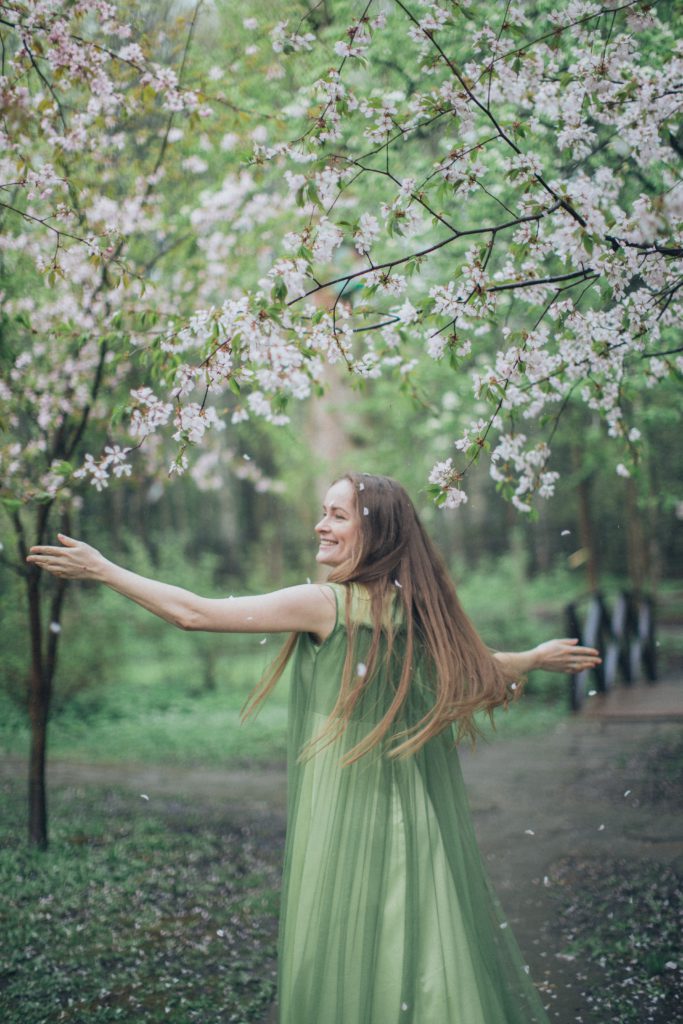Wearing the color green is very symbolic when it comes to the Irish. Every Irish person alive knows what wearing of the green is, but not everyone is Irish (except on St. Patrick’s Day.) The rest of us need to get up to speed since the non-Irish celebrate as heartily as those from the Emerald Isle on March 17. We need to know precisely what we are celebrating!
This expression comes from an Irish street ballad mourning the subjugation of those supporting the Irish Rebellion of 1798. In the song the lyrics decree “They are hanging men and women for the wearing of the green.’
Green was the color of the Society of United Irishmen, a revolutionary group. These supporting the group and its efforts also donned this color. This was not looked upon favorable by the British forces occupying Ireland nor by the Dublin Castle Administration.
Flaunting the emerald color was considered treason. Wearing a shamrock could get a person in deep trouble, including being killed.
The expression ‘wearing of the green’ actually means wearing a shamrock on one’s clothing or as jewelry.
Shamrocks are important symbols to the Irish because their patron saint St. Patrick used the leaf to make clear the Holy Trinity to Irish pagans.
Do not mistake a four-leafed clover for a shamrock. That is a no-no. They are not the same. In Ireland, a four-leafed clover signifies good luck whereas the three-leafed clover, the shamrock, denotes the Holy Trinity. The shamrock is the badge of Ireland.
History
Dion Boucicault, an Irish playwright, despite his very French name, wrote “The Wearing of the Green,” which reads:
“O Paddy dear, and did you hear the news that’s going round? The shamrock is forbid by law to grow on Irish ground; St. Patrick’s Day no more we’ll keep, his colours can’t be seen, For there’s a bloody law against the wearing of the green ….”

This color became the emblem of sympathy for Irish freedom and independence. The British killed those wearing green, which was certainly a drastic and uncalled for measure.
Wearing this color, today, can still signify support of the Irish Rebellion taking place more than 200 years ago but there are other reasons this hue is linked to St. Patrick’s Day.
Legend has it blue was the first color connected to St. Pat’s Day, which was a Catholic holiday acclaiming the country’s patron saint. The holiday’s official name is La Fheile Padraig or “The Day of the Festival of Patrick.” Blue was eventually edged out by green because of the country’s name, The Emerald Isle, as well as the importance of clover and the green in the country’s flag. To this day, in Ireland, Protestants may wear orange while Catholics don the emerald hue.
Another interesting Irish tidbit, if you believe in folklore: Wearing green makes a person invisible to leprechauns. If you are not wearing this color you will be pinched by one of these ornery little guys.
What is the deal with the Irish and leprechauns anyway?
A leprechaun, according to Irish myth, is a male fairy living in Ireland. He is mischievous, rich and an adept craftsman making all kinds of things including clothing, bowls, buckets and shields.
If a human comes upon a leprechaun, the little guy must divulge where his fortune is, which is why leprechauns are so good at hiding. They do not want to give out this information. Even if the leprechaun is forced to reveal this secret, remember: He is a wily character. He may not be giving you the straight story although he won’t be flat-out lying to you.
Leprechauns are used as examples. If a person lives as the leprechauns do, he is hard-working, careful with his money, and is honest but knows how to dodge and use a loophole to avoid losing his prosperity.

